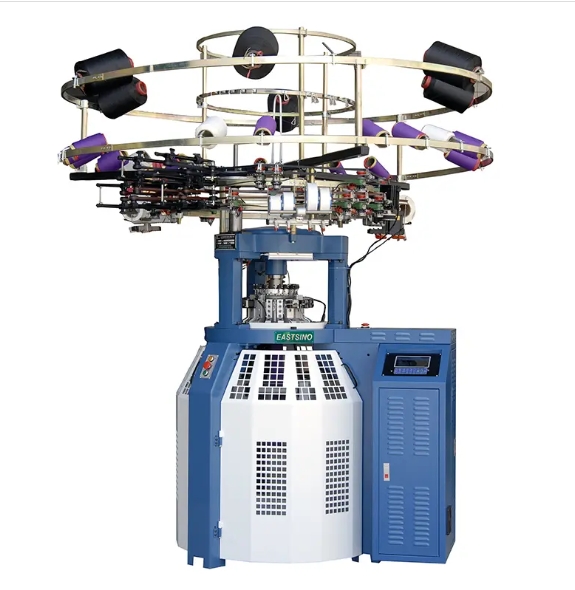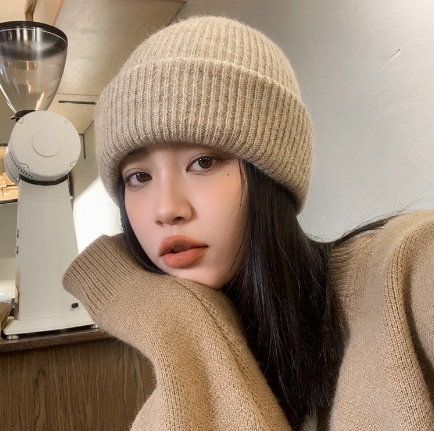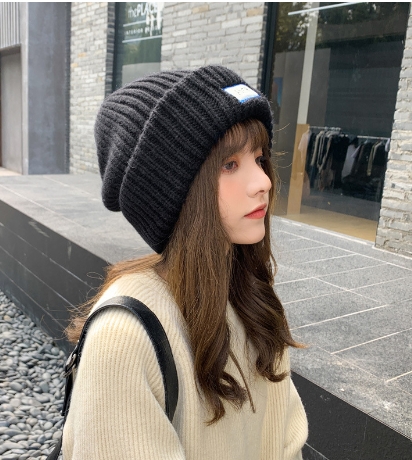Creating a hat on a circular knitting machine requires precision in row count, influenced by factors such as yarn type, machine gauge, and the desired size and style of the hat. For a standard adult beanie made with medium-weight yarn, most knitters use around 80-120 rows, though exact requirements may vary.
1. Machine Gauge and Yarn Weight: Circular knitting machines come in various gauges—fine, standard, and bulky—affecting the row count. A fine gauge machine with thin yarn will require more rows to reach the same length as a bulky machine with thick yarn. Thus, gauge and yarn weight must be coordinated to produce the appropriate thickness and warmth for the hat.

2. Hat Size and Fit: For a standard adult hat a length of approximately 8-10 inches is typical, with 60-80 rows often being sufficient for children’s sizes. Additionally, the desired fit (e.g., fitted vs. slouchy) influences row requirements, as slouchier designs need added length.

3. Brim and Body Sections: Start with a ribbed brim of 10-20 rows to provide stretch and a secure fit around the head. Once the brim is complete, transition to the main body, adjusting row count to match the intended length, typically adding around 70-100 rows for the body.

4. Tension Adjustments: Tension affects row requirements as well. Tighter tension leads to a denser, more structured fabric, which may require additional rows to reach the desired height, while looser tension creates a softer, more flexible fabric with fewer rows.
By sampling and testing row counts, knitters can achieve optimal fit and comfort in their hats, allowing precise customization for different head sizes and preferences.
Post time: Oct-29-2024
